Title: Block Printing - A Great Invention of Ancient China

Introduction: Block printing, one of the four great inventions of ancient China, has undergone a long historical process of invention and evolution. This article will introduce the definition, characteristics, and its impact on cultural dissemination of block printing.
I. Definition of Block Printing
Block printing is a technique that utilizes engraved wooden blocks to create printing plates, which are then used to imprint text or images onto paper. Originating in the Tang Dynasty, it gradually evolved into an important cultural heritage through the subsequent dynasties of Song, Yuan, Ming, and Qing.
II. Characteristics of Block Printing
Block printing boasts several notable characteristics. Firstly, it enables mass production of books, thereby facilitating the dissemination of knowledge and culture. Secondly, its production costs are relatively low, suitable for large-scale production. Lastly, its printing quality is extremely high, ensuring the clarity and accuracy of text and images.
III. Impact of Block Printing on Cultural Dissemination
The emergence of block printing significantly propelled cultural dissemination and development. It made the production of books easier and faster, thereby promoting the spread of knowledge and culture. Additionally, block printing was introduced to Central and West Asia, exerting profound influence on the cultural development of these regions. Today, despite the availability of more advanced printing technologies, block printing remains an essential cultural heritage, carrying significant importance for the development of world culture.
Conclusion: Block printing is a great invention of ancient China, having undergone a lengthy historical process of emergence and evolution. Although we now possess more advanced printing technologies, block printing remains a vital cultural heritage, holding significant meaning for the inheritance and development of Chinese culture.
Disclaimer: The above content is sourced from the internet and the copyright belongs to the original author. If there is any infringement of your original copyright, please inform us and we will delete the relevant content as soon as possible.
Guess you like it

When was block printing invented? In which dynasty?
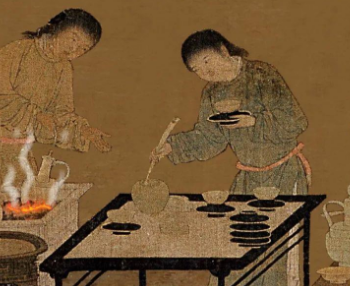
The Baixia Supply in the Song Dynasty: The Origin of Hot Pot Culture
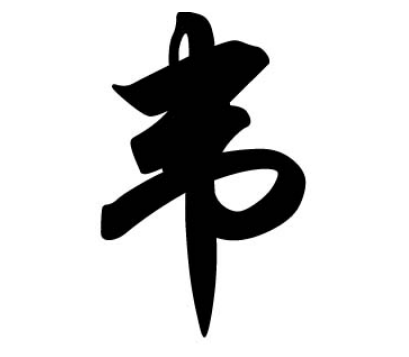
Tracing the Origin of the Wei Clan: The Inheritance of the Surname from Peng Zu to the State of Xiwei
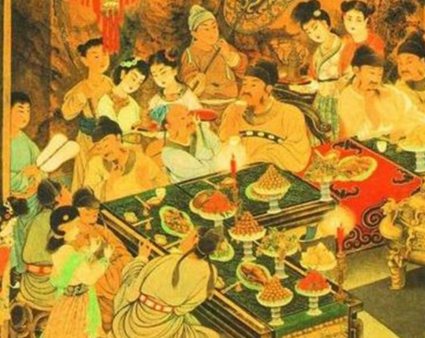
What is the "Shaowei Banquet" that was all the rage in the Tang Dynasty? It is comparable to the "Manhan Banquet".

Exploring the Origin and Historical Traces of the Surname Yan
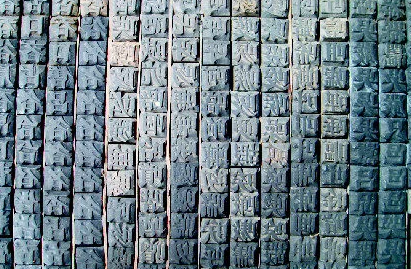
What are block printing and movable type printing? What are the differences between them?
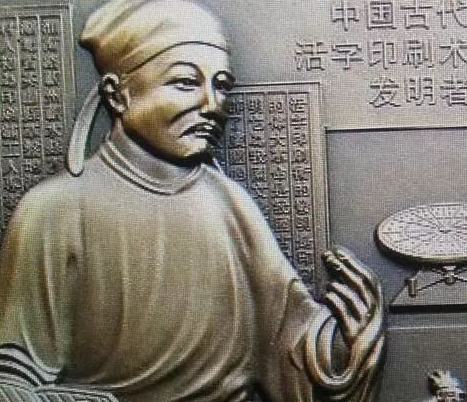
What is movable type printing? Why didnt it replace block printing?

Exploring the Literary World of Ernest Hemingway

Taj Mahals fate and the sacrifice of motherhood
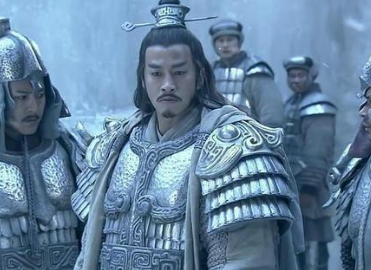
What was Han Xins evaluation of Xiang Yu? How is it recorded in the Records of the Grand Historian?









